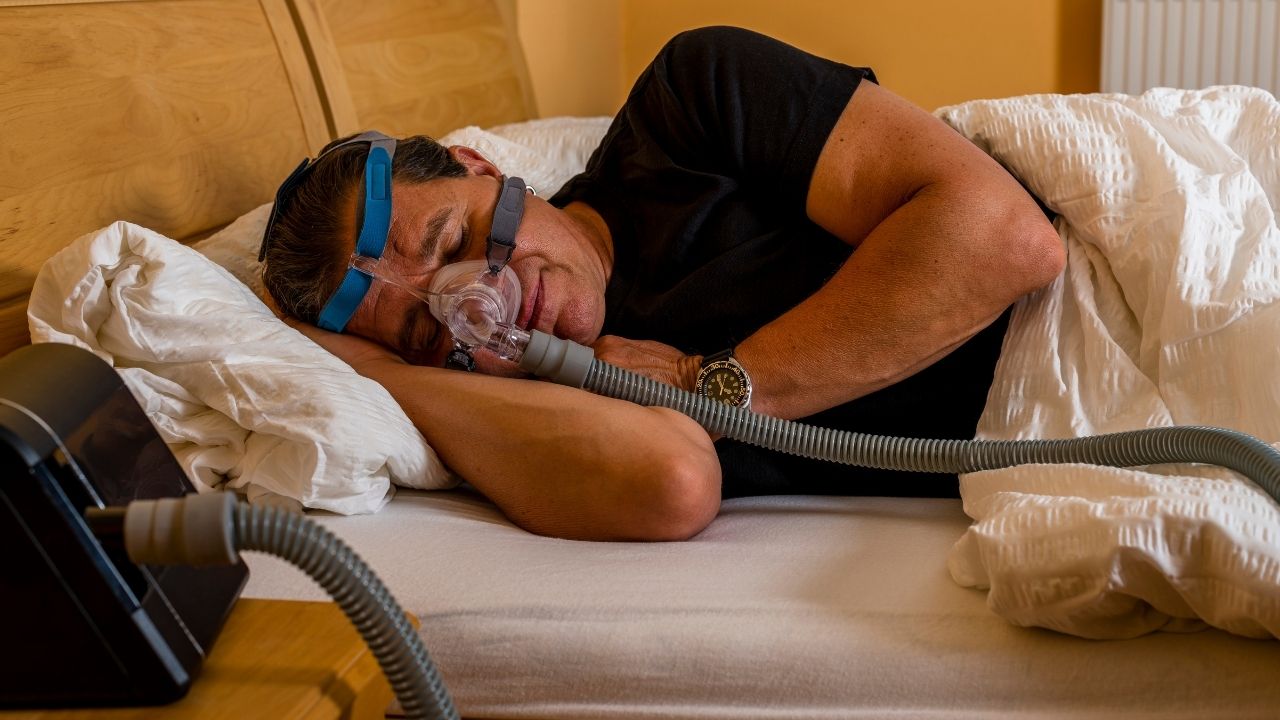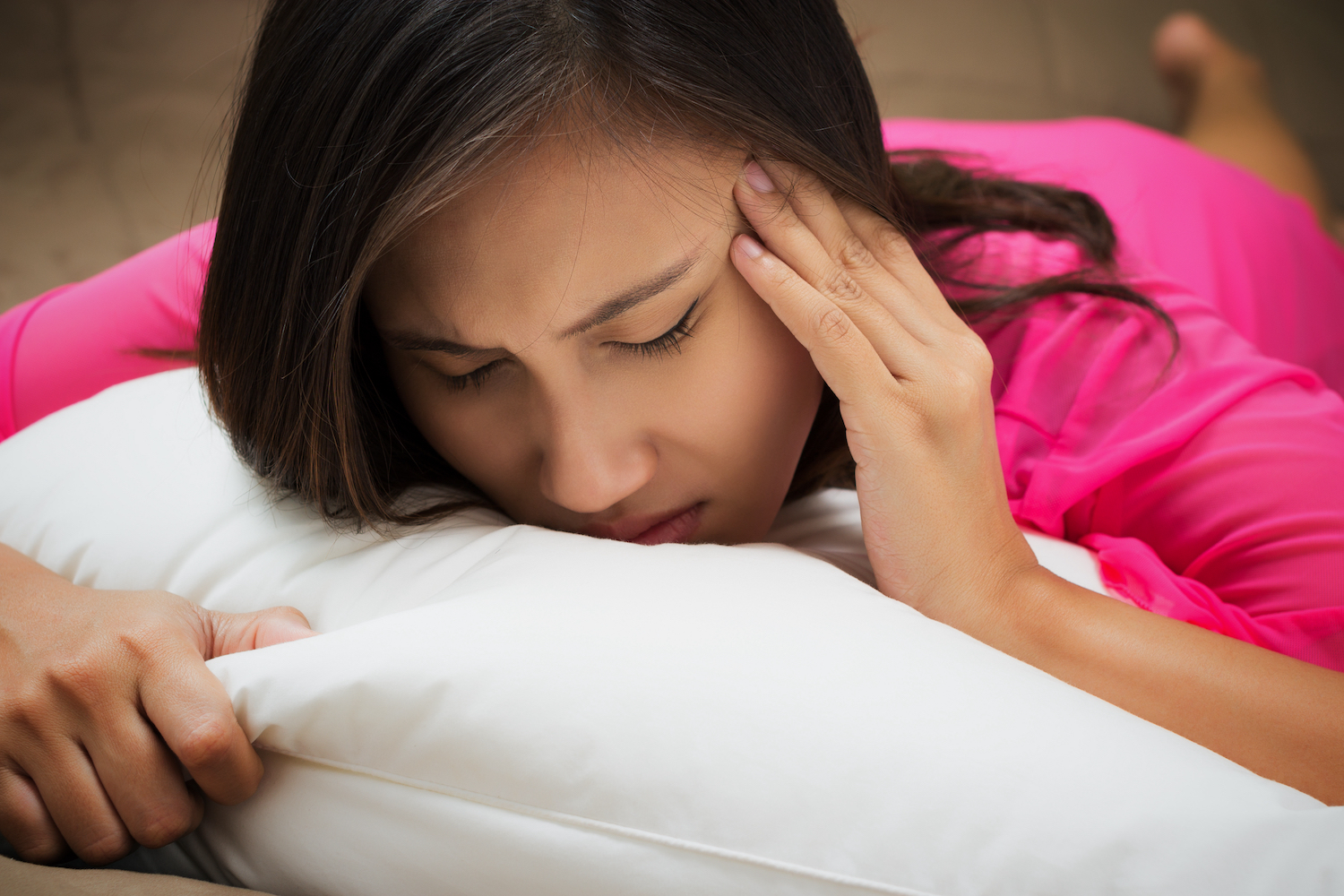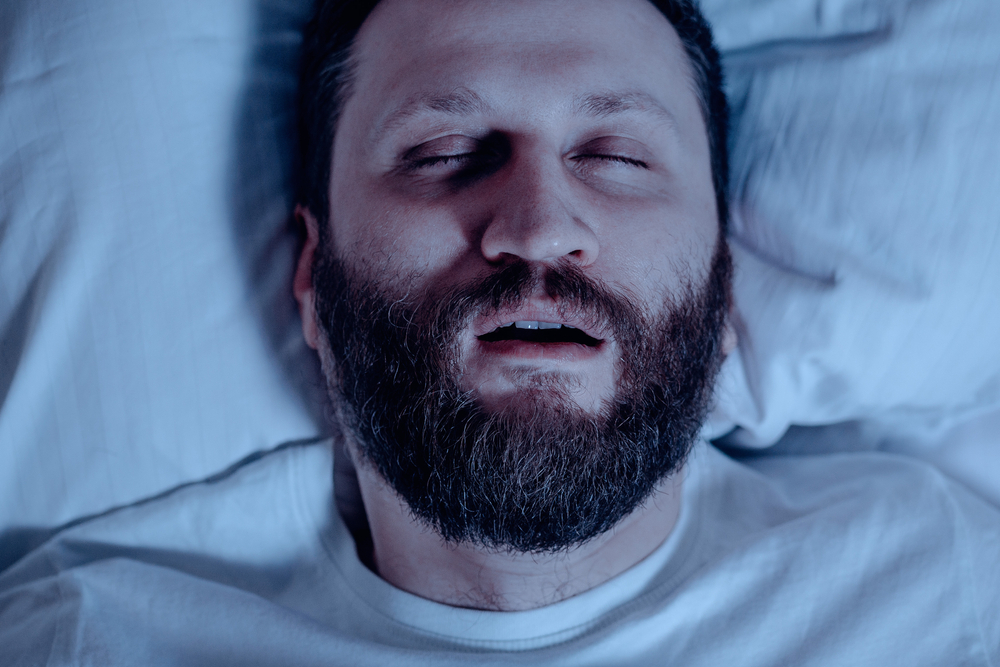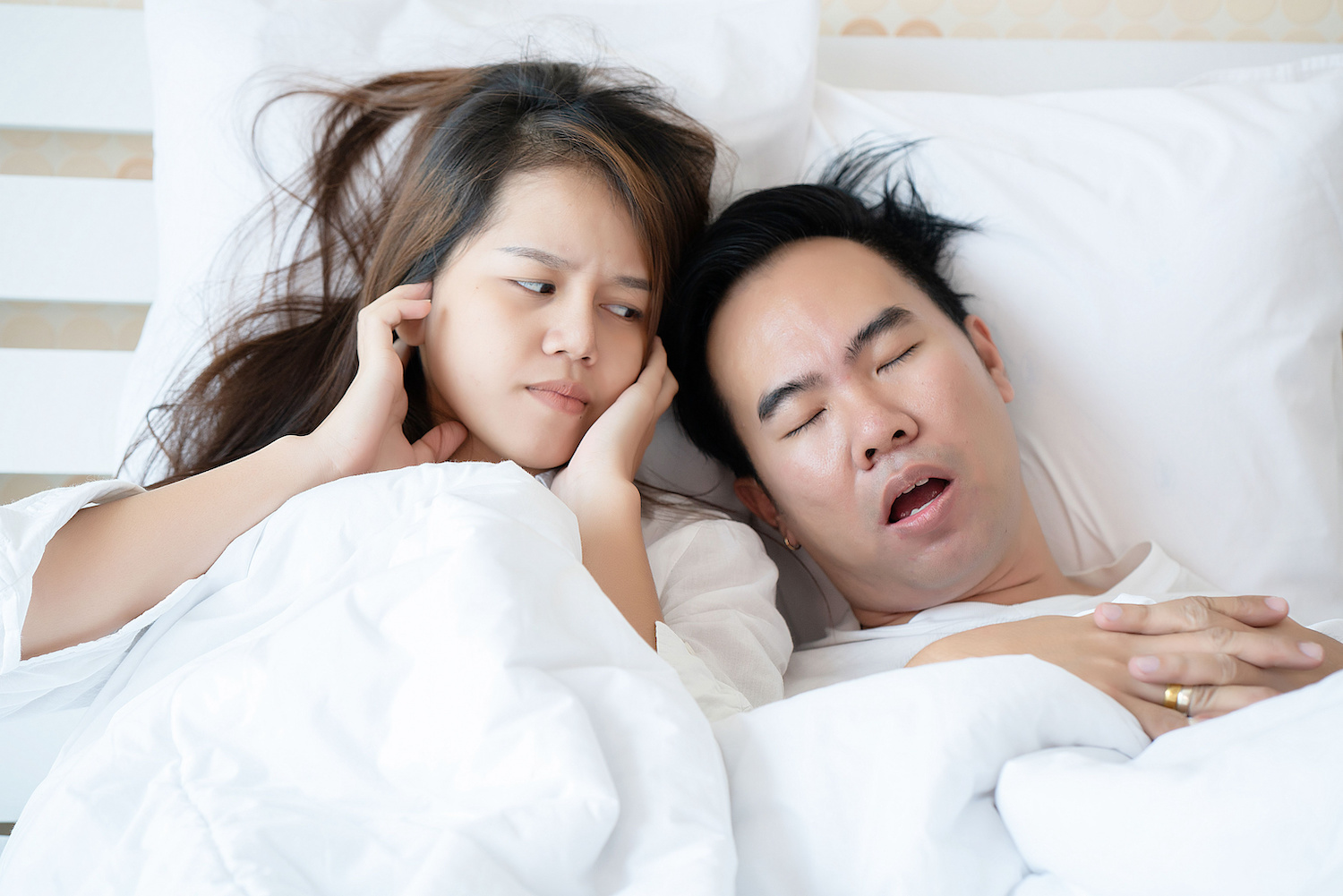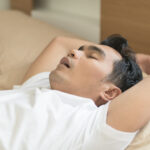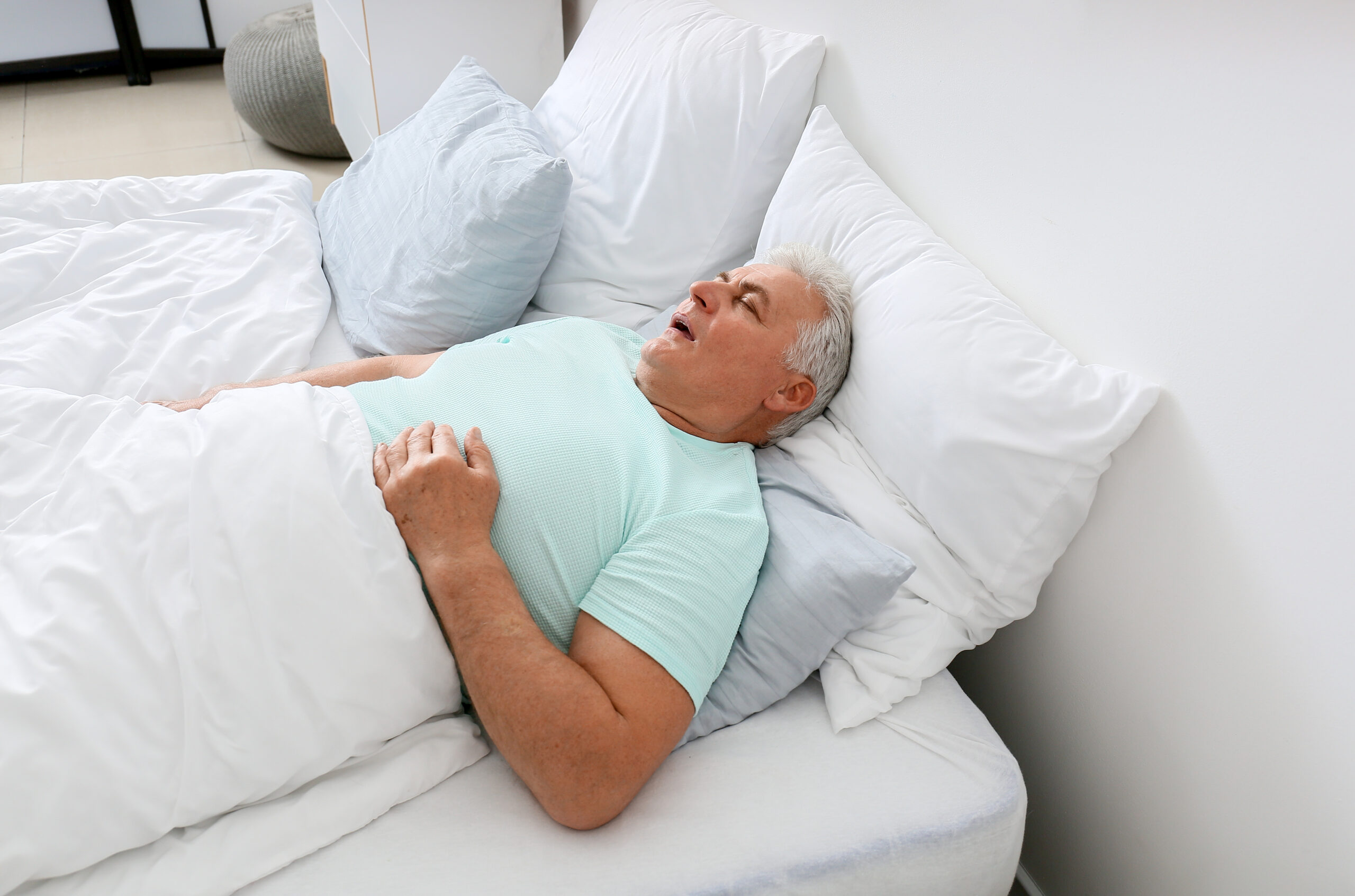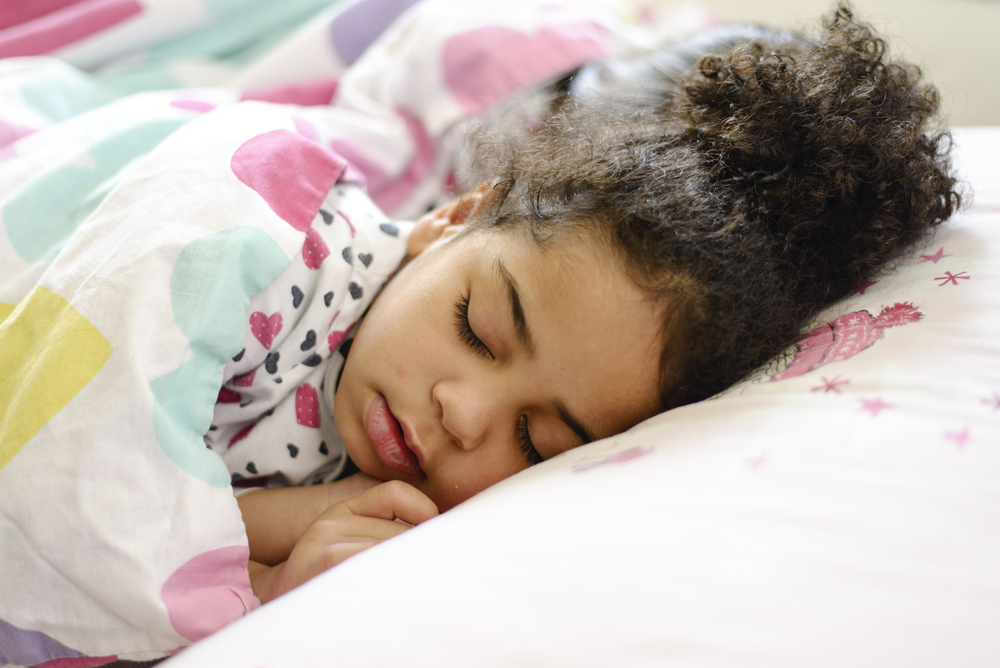Central sleep apnea (CSA) is a sleep disorder in which a person experiences repeated pauses in breathing after falling asleep. If left untreated, these breathing pauses can wake a person up at night, lead to uncomfortable daytime symptoms, and contribute to long-term health consequences.
If you or someone you know has been diagnosed with central sleep apnea, learning more about this disorder may help you better understand symptoms, risk factors, and treatments.
Think You May Have Sleep Apnea? Try an At-Home Test
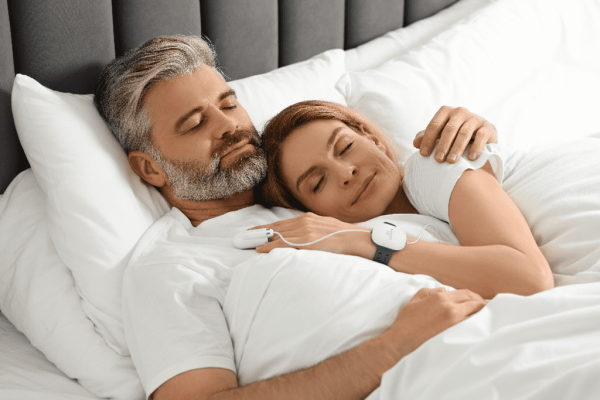
our partner at sleepdoctor.com
10% off Home Sleep Tests
Buy Now“Truly grateful for this home sleep test. Fair pricing and improved my sleep!”
Dawn G. – Verified Tester
What Is Central Sleep Apnea?
Central sleep apnea is a type of sleep apnea, a group of sleep disorders in which breathing becomes abnormal or stops during sleep. The primary symptom of CSA is repeated pauses in breathing called apneas. Apneas are described as “central” when issues the brain doesn't send proper signals to the muscles that control your breathing.
Interestingly, even healthy people have occasional central apneas, with brief pauses in breathing most often occuring during the transition from being awake to being in a stage of light sleep. These pauses in breathing may be diagnosed as a sleep disorder when people have an average of five or more central apneas during each hour of sleep.
What’s the Difference Between Obstructive and Central Sleep Apnea?
Both obstructive sleep apnea (OSA) and central sleep apnea are sleep disorders characterized by pauses in breathing during sleep. In obstructive sleep apnea, the breathing pauses are due to a blockage of air to the lungs. In central sleep apnea, the breathing pauses are due to a lack of respiratory effort.
CSA is less common than OSA in adults. CSA affects less than 1% of adults, while OSA affects 10% to 30% of adults. OSA and CSA are both seen in about 1% to around 5% of children.
Central Sleep Apnea Symptoms
The primary symptom of central sleep apnea is abnormal breathing during sleep. Many people are unaware of their nighttime breathing patterns, so these episodes of abnormal breathing may go unnoticed or are only noticed by a partner or caregiver.
Many people with central sleep apnea report restless or poor-quality sleep. People may also find themselves waking up at night with shortness of breath or nighttime chest pain. Daytime symptoms of central sleep apnea may include:
- Tiredness
- Fatigue
- Lack of energy
- Memory problems
- Attention or concentration issues
- Headaches after waking up
Central sleep apnea often occurs in people who also have another underlying health condition that affects the nervous system. Symptoms associated with several underlying causes of central sleep apnea include:
- Trouble breathing during the day
- Difficulty swallowing
- Changes to the voice
- Numbness or weakness
Does Central Sleep Apnea Cause Snoring?
Almost everyone snores every once in a while, and between 28% and 44% of adults snore on a regular basis. Snoring can be a sign of sleep apnea, but in most cases, snoring is not related to an underlying sleep disorder.
While some people with central sleep apnea snore, their snoring is typically less severe than in people who have obstructive sleep apnea.
What Causes Central Sleep Apnea?
Breathing pauses associated with central sleep apnea happen when the brain stops signaling the body to breathe.
Issues with brain signaling are thought to occur in the brain stem, a part of the brain that regulates breathing, partly in response to changes in the level of carbon dioxide in the blood. In people with CSA, the brain stem becomes less responsive to changes in carbon dioxide and may not appropriately trigger breathing.
There are several types of central sleep apnea, categorized by their underlying cause. Primary CSA is idiopathic, which means that its cause is unknown. Other types of CSA are secondary, meaning they are caused by an underlying health condition or other factor.
Primary Central Sleep Apnea
Primary central sleep apnea is a rare condition in adults, only diagnosed when there is no known underlying cause of breathing issues during sleep.
Primary CSA occurs more commonly in infants than it does in adults. Primary CSA of prematurity is a diagnosis given to preterm newborns with CSA, occuring in around 25% of infants born before 37 weeks of age. Primary CSA of infancy occurs in about 0.5% of full-term infants.
Secondary Central Sleep Apnea
Central sleep apnea is most often secondary to another health condition or medication.
One of the most prevalent forms of central sleep apnea is called CSA with Cheyne-Stokes breathing. Cheyne-Stokes breathing describes a cyclical pattern in which breathing speeds up then slows and briefly stops. CSA with Cheyne-Stokes breathing is often caused by heart failure or stroke.
Secondary central sleep apnea can also be due to a medical disorder without causing Cheyne-stokes breathing. Most people with this type of CSA have breathing issues caused by damage or an abnormality in the brainstem.
In addition to being caused by a medical disorder, CSA may be caused by a medication or substance. Both prescription and illegal opioids, along with other medications that diminish breathing, may trigger CSA.
Finally, CSA can also be secondary to changes in elevation. Air pressure is lower at high altitudes, which reduces the availability of oxygen and can trigger CSA. CSA due to high altitude may begin as low as 5,000 feet above sea level. Around 25% of people develop CSA at 8,000 feet of altitude and nearly everyone develops symptoms above 13,000 feet.
Treatment-Emergent Central Sleep Apnea
Central sleep apnea can also begin after a person begins treatment for obstructive sleep apnea. Positive airway pressure (PAP) therapy is a common treatment for obstructive sleep apnea. Around 5% to 15% of people starting PAP therapy develop central sleep apnea, which often resolves within several months.
Risk Factors for Central Sleep Apnea
A variety of factors can increase a person's risk of developing central sleep apnea. For example, CSA occurs more often in people over 65 years old and in men and people assigned male at birth. Certain medical conditions that affect breathing also increase the risk of developing central sleep apnea, including:
- Birth defects
- Heart failure
- Abnormal heart rhythms
- Kidney failure
- Hypothyroidism
- Stroke
- Brain infection
- Brain tumor
- Certain genetic conditions
Medications and other substances that can increase the risk of central sleep apnea or exacerbate the condition include:
- Prescription opioids
- Heroin and other illegal opioids
- Alcohol
- Benzodiazepines
- Antidepressants
- Seizure medications
- Muscle relaxants
- Blood thinning medications
If you are concerned about a prescribed medication increasing your risk for CSA, be sure to speak with a doctor before making any changes to your dosage.
Diagnosing Central Sleep Apnea
To diagnose central sleep apnea, a doctor often begins by collecting a person’s medical history, conducting a physical exam, and ordering tests to find the cause of abnormal breathing. To confirm a diagnosis, the doctor may also recommend a sleep study.
A sleep study is an important tool for diagnosing sleep disorders. During a sleep study, a person is hooked up to a variety of monitoring devices that record breathing, heart rate, and other measurements.
Although most sleep studies used to diagnose CSA are conducted in a specialized sleep laboratory, in some cases a person may be eligible for an at home sleep study using portable equipment.
Is Central Sleep Apnea Dangerous?
Untreated CSA causes nighttime awakenings as well as repetitive drops in oxygen levels, unusual variations in chest pressure, and repeated activation of the sympathetic nervous system, a part of the nervous system that controls the body’s fight-or-flight response.
Together, changes in the body caused by CSA increase inflammation and contribute to long-term health concerns including cognitive changes, heart health issues, and insulin resistance.
Fortunately, treatment for central sleep apnea can help to reestablish normal breathing during sleep, improve sleep quality, and reduce the risk of health consequences.
Central Sleep Apnea Treatment
Treatment for central sleep apnea depends on the cause of the condition. In people with mild symptoms who have few to no health complications, treatment is often directed at the underlying cause of abnormal breathing. This may mean treating medical conditions like heart failure or lowering or stopping medications or substances that reduce breathing.
In people with severe disruptions in breathing or significant health consequences, treatment for CSA may address the underlying cause while also offering treatments to support normal breathing. Treatment options include positive airway pressure, supplemental oxygen, medications, and nerve stimulation.
- Positive airway pressure (PAP) therapy: PAP therapy includes several different types, including CPAP, ASV, and BiPAP. These are all methods of delivering pressurized air to keep the airway open during sleep.
- Supplemental oxygen: Supplemental oxygen delivers extra oxygen to help correct breathing disruptions and normalize oxygen levels in the blood. Supplemental oxygen may be used alone or at the same time as PAP therapy.
- Medication: In some cases, a doctor may recommend medications that stimulate breathing. Although medications may be helpful for people who don’t respond to other treatments, medications to stimulate breathing are also associated with significant side effects and must be closely monitored by a doctor.
- Nerve stimulation: Phrenic nerve stimulation is another treatment for people with CSA who don’t respond to other therapies. This treatment involves having a medical device implanted in the upper chest, which uses an electrical current to stimulate breathing during sleep. Phrenic nerve stimulation is typically only available in specialized facilities.




